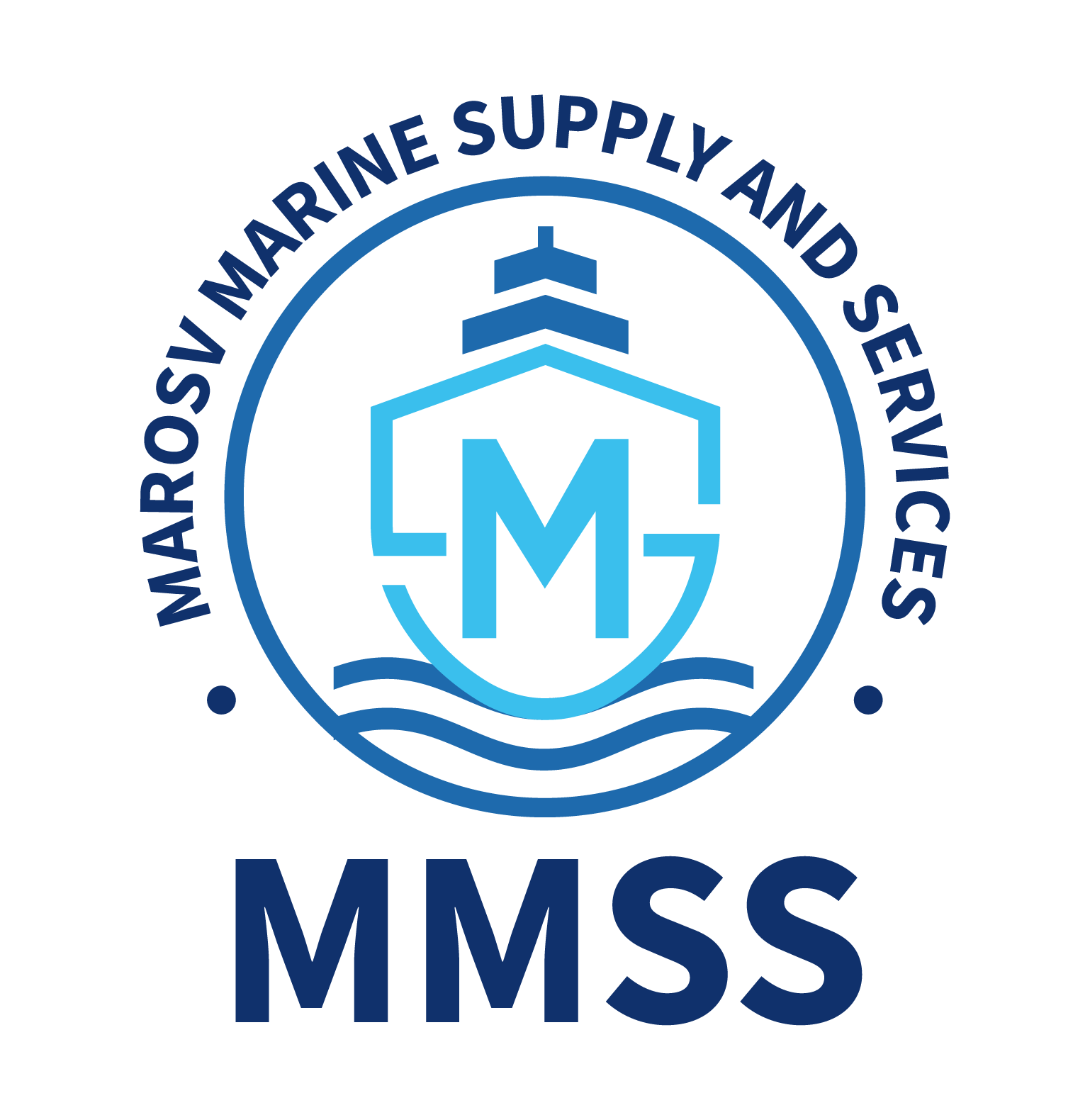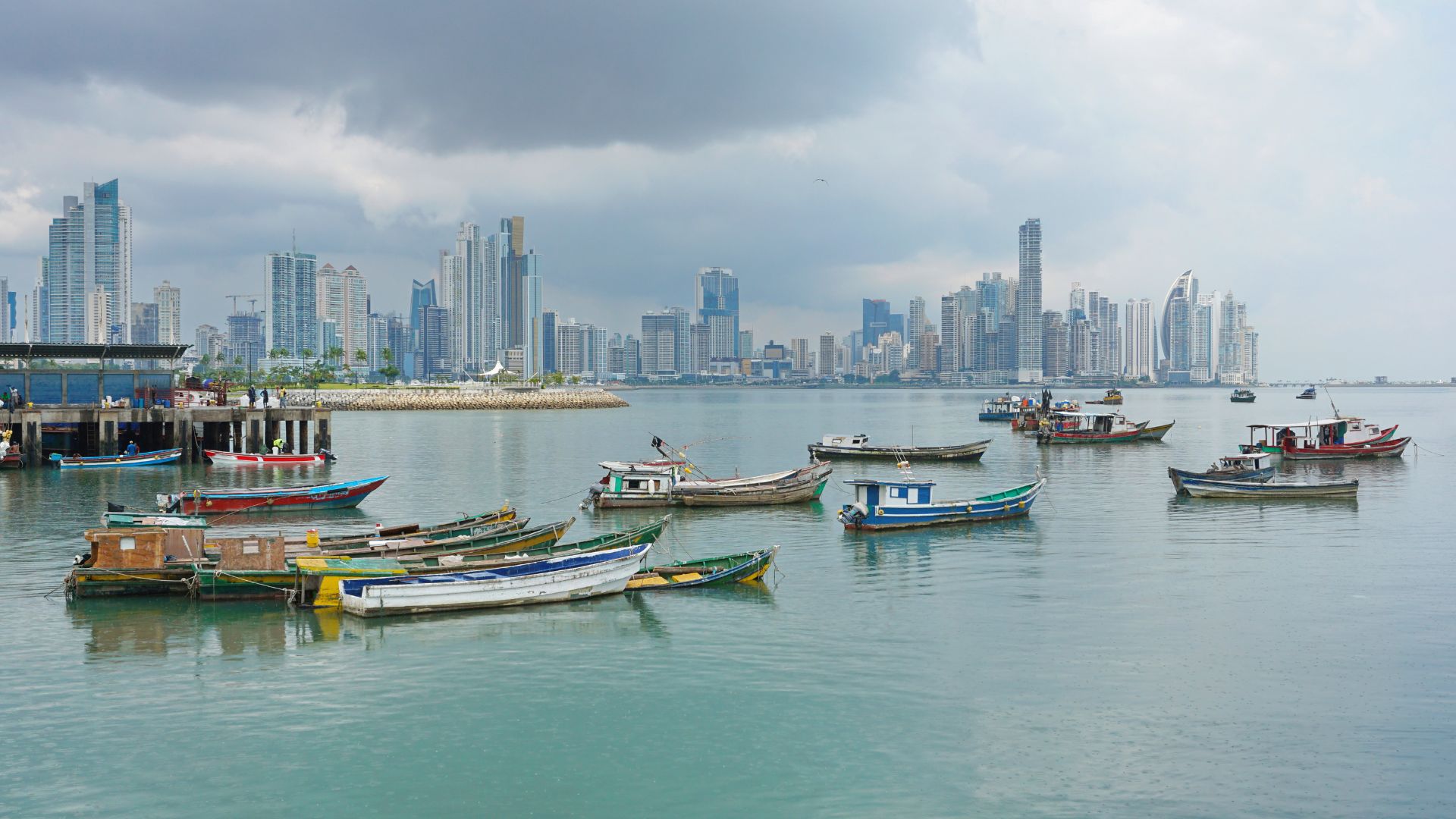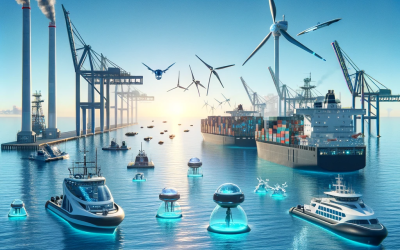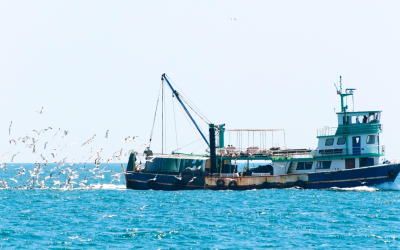Table of contents
Introduction
The aquaculture sector in Panama has undergone significant evolution since the 1970s, transitioning from artisanal fishing to incorporating industrial fishing methods. Aquaculture in Panama began with a focus on addressing the nutritional needs of impoverished areas through community-based projects. This effort was complemented by private enterprises that ventured into marine shrimp culture.
The advancement of technology, its dissemination to support private initiatives, and the introduction of new species with potential for development, along with integrated projects, contributed to the expansion of Panamanian aquaculture. As a result, food security was improved, and job opportunities were created. By 1998, both captured and cultured shrimp became the second-largest exported commodity.
However, challenges emerged, such as viral diseases in aquaculture, financial constraints, and a global decline in international prices. To tackle these issues, the public and private sectors integrated through strategic alliances to bolster research, explore new areas for aquaculture and develop innovative technologies for cultivating new aquatic species.
As of 2005, Panama’s aquaculture encompassed over 9,354.49 hectares dedicated to marine shrimp culture, 152.45 hectares of ponds, and 800 m3 of cages for freshwater fish farming, with an additional 84,663 hectares used for reservoirs.
This diversification led to a broader range of seafood offerings in the market. Advancements in navigation and capturing techniques played a crucial role in achieving this progress. By 2009, the fishing sector had become the leading exporter in Panama’s national economy.
The culture systems utilized in Panama’s aquaculture range from hyper-intensive to extensive, involving earthen ponds or plastic-lined ponds with aerators for shrimp, and various systems from extensive to intensive for fish.
Overview of the aquaculture sector in Panama
Panama’s aquaculture spans an area with a tropical climate and vegetation. Fishing, along with agriculture and forestry, employed about 15% of Panama’s workforce in 2017. It stands as a cornerstone of the nation’s primary sector, with 95% of fishing activities taking place in the Pacific Ocean. Fishing is pivotal to the country’s demographic development. The fishing industry in Panama can be categorized into industrial fishing, artisanal fishing, and aquaculture.
Panama’s strategic geographical location benefits from marine currents that bring in diverse and valuable species for consumers, particularly in the Pacific Ocean. This favorable position has contributed to the sustainability of fishing activities to a certain extent. The most developed segment is industrial fishing, mainly conducted in international waters, focusing on raw material production.
In recent years, the fishing sector’s performance has been impacted by a decline in the trade of industrial fishing products intended for exports. Several factors have contributed to this decline, including lower demand due to economic difficulties in the United States and Europe, high water temperatures affecting production (due to the greenhouse effect), rising costs of fuel, food, electricity, and labor, as well as restrictions imposed by the European Union on unregulated practices.
Additionally, there are challenges related to inadequate infrastructure for handling perishable products for export, such as an inefficient cold chain, and environmental threats from damage to mangroves and coral reefs, essential for the development of commercialized species.
Nevertheless, Panama has signed new generation agreements with various countries and regions, including the United States, European Union, Canada, Singapore, Taiwan, Chile, Peru, and Central America.
Under these agreements, Panama’s seafood products receive tariff preferences, with zero tariffs for most products. Some internationally protected species and certain sensitive varieties may still face tariffs in certain trading partner markets.
Main species in Panama
The main aquatic species exported from Panama include whiteleg shrimp, as well as trout and tilapia sourced from aquaculture-based capture fisheries in the larger reservoirs.
The aquaculture practices in Panama include shrimp culture occupying 9,354.49 hectares, mainly concentrated in the country’s central region. Tilapia culture is carried out in floating cages in one area and in ponds in another. Freshwater fish production (tilapia, carp, cachama, etc.) is distributed all over the country using different culture systems, and trout culture is practiced in the highlands of the province of Chiriquí.
The main cultivated species in Panama is the whiteleg shrimp (penaeidae), which has experienced significant growth since its initiation in 1974. In addition to shrimp, tilapia, and trout are also important species cultured for export.
Shrimp culture varies from extensive to hyper-intensive systems, each with specific infrastructure and management practices. Similarly, tilapia culture employs different systems, such as extensive, semi-intensive, and intensive systems, each with distinct pond sizes, water exchange rates, and stocking densities. Trout culture, on the other hand, involves semi-intensive practices using earthen ponds or raceways.
Cachama culture is often carried out in polyculture with tilapia and marketed mainly to Chinese communities. Mollusk culture has been practiced at the pilot scale, focusing on research and experimental processing.
Overall, aquaculture in Panama contributes significantly to the economy, providing employment opportunities and generating revenue through export activities.





0 Comments